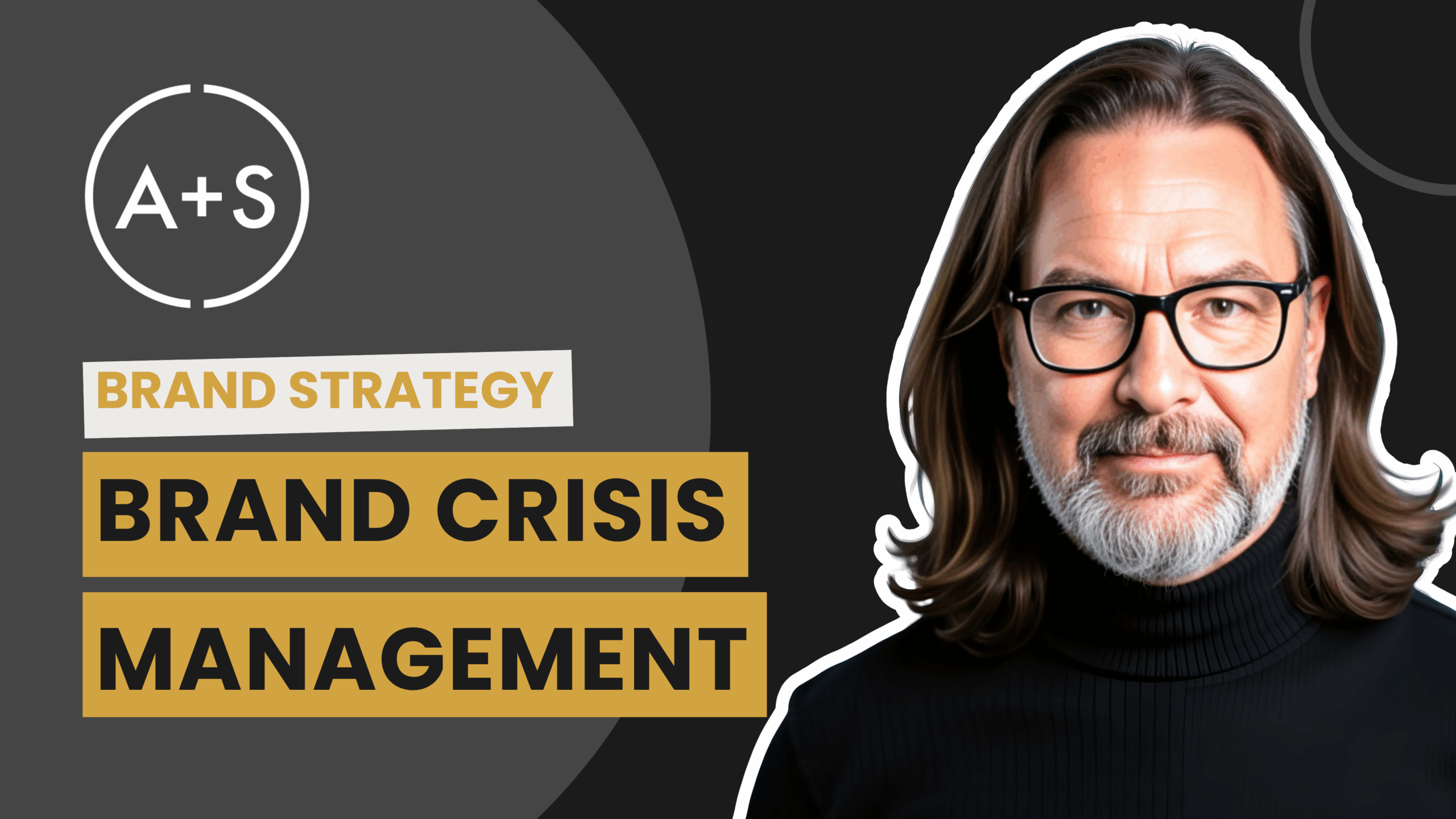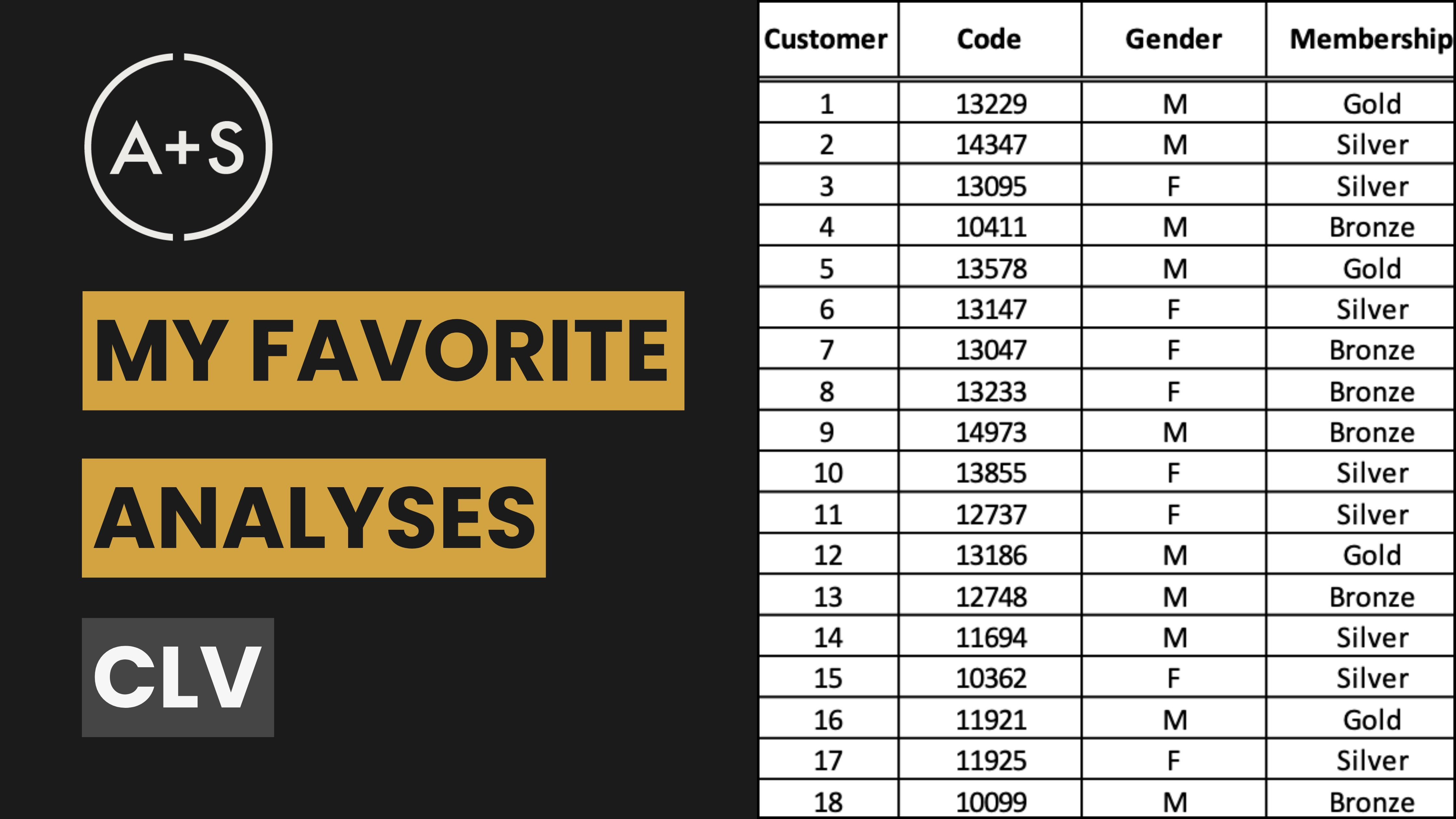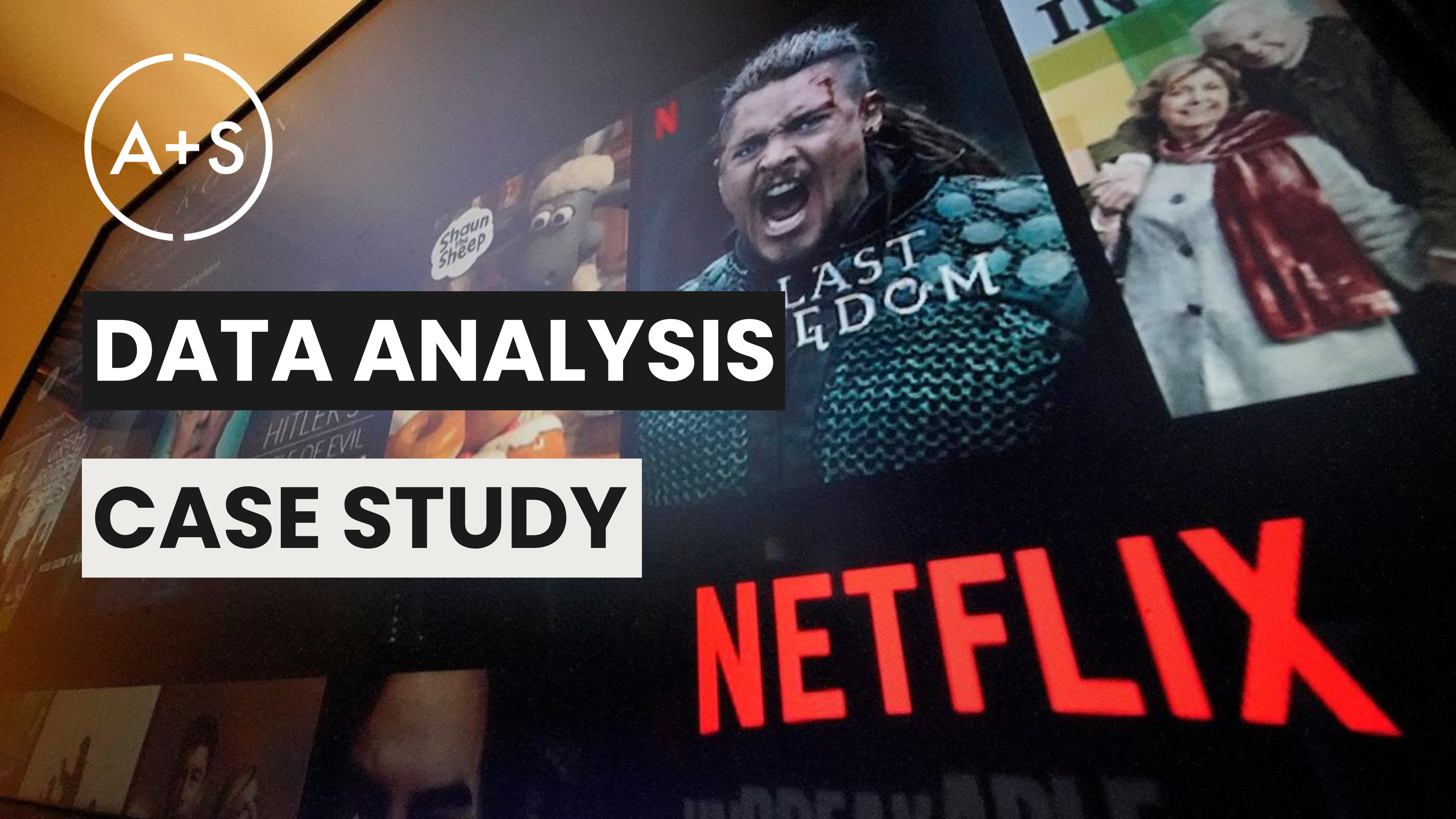In our last newsletter, “Beyond Instinct: Measuring Brand Equity,” we explored the meticulous, data-driven work of building and quantifying brand value. We celebrated the long-term discipline required to cultivate trust, loyalty, and a powerful market presence. But what happens when that carefully built equity is suddenly engulfed in a firestorm?
A brand crisis is not a matter of “if,” but “when.” In an era of instant information and social amplification, the smallest spark can become an inferno, threatening to incinerate years of hard-won reputation. Preparation isn’t just prudent; it’s the only thing standing between a manageable challenge and a catastrophic failure. This issue is about facing that reality, learning from the triumphs and failures of others, and understanding how to lead a brand through its most defining moments.
What is a Brand Crisis?
A brand crisis is an unexpected and disruptive event that triggers significant negative attention and threatens the organization’s reputation, stakeholder trust, and financial health. Unlike a simple “bad review,” a true crisis has the potential to fundamentally alter public perception and erode the core equity you’ve worked so hard to build.
In essence, a mishandled crisis creates what brand strategist David Aaker calls a potent “Reason Not To Buy.” It’s a negative perception — distrust, ethical concern, a belief in poor quality — so powerful it can disqualify your brand from a consumer’s consideration set, no matter what other positive attributes it may have. The consequences are severe: plummeting sales, alienated customers, and a long, arduous road to regaining trust.
The Anatomy of a Crisis
To prepare, you must first understand the threat. While crises are unpredictable, they often fall into several common categories:
- Product or Service Failures: High-profile defects, safety recalls, or critical service outages.
- Ethical & Social Missteps: Actions perceived as tone-deaf, offensive, or discriminatory.
- Executive Misconduct: Scandals, criminal investigations, or inappropriate public statements.
- Data Breaches & Cybersecurity Failures: The loss or theft of sensitive customer data.
- Operational & Environmental Disasters: Industrial accidents or environmental damage.
- Negative Viral Content: Damaging videos, stories, or social media posts that spiral out of control.
The Three Pillars of Crisis Response: A Simple, Powerful Framework
When chaos erupts, complexity is the enemy. Effective crisis management boils down to three essential, non-negotiable actions. Brands that embrace them navigate the storm; those that don’t are often consumed by it.
Pillar 1: Top Leadership Front and Center
The moment a crisis becomes public, stakeholders look to the leader. Their immediate, visible presence signals seriousness, accountability, and that the issue has the highest level of attention. Hiding behind press releases or delegating to subordinates creates a vacuum that will be filled with speculation and anger.
- The Gold Standard: When seven people died from cyanide-laced Tylenol in 1982, Johnson & Johnson’s CEO, James Burke, was immediately the public face of the response, personifying the company’s commitment to solving the crisis.
- The Failure: Conversely, after the Exxon Valdez oil spill in 1989, the CEO was largely absent from public view. This created a perception of a faceless, indifferent corporation. More recently, when the Facebook/Cambridge Analytica scandal broke, Mark Zuckerberg and Sheryl Sandberg were silent for a critical week, allowing the narrative of avoidance and neglect to solidify, crushing public trust.
Pillar 2: Acknowledge the Issue, Directly and Honestly
You cannot manage a problem you refuse to admit exists. Before you can offer a solution, you must validate the public’s concerns by acknowledging the issue clearly and empathetically. Attempts to downplay, deflect, or deny the problem are transparent and will be interpreted as a sign of guilt and disrespect.
- The Gold Standard: Walmart’s CEO Doug McMillon, following the tragic shooting in El Paso, swiftly acknowledged the role of firearms sold in their stores in the national debate, stating “the status quo is unacceptable.”
- The Failure: Facebook not only failed to acknowledge the Cambridge Analytica issue initially but actively tried to suppress it, allegedly threatening a libel suit against the reporting newspaper and framing a massive data privacy failure as a minor “breach absent.” This combative stance intensified the backlash.
Pillar 3: Overcorrect with Decisive Action
Words are fleeting, but action is proof. To rebuild trust, a brand must take bold, significant, and sometimes costly steps to resolve the problem and ensure it won’t happen again. This “overcorrection” demonstrates a true commitment to making things right. The American public is often forgiving, but forgiveness is earned through demonstrable effort.
- The Gold Standard: Johnson & Johnson’s recall of 31 million Tylenol bottles—at a cost of over $100 million—was the ultimate overcorrection. It prioritized public safety over profit and became the single most trust-building action they could have taken. Walmart overcorrected by exiting the ammunition and handgun market in certain areas, a decisive policy change that went beyond simple platitudes.
- The Failure: Exxon’s response to its oil spill was seen as slow and insufficient—the opposite of an overcorrection. Their initial apology ad, which avoided taking direct responsibility, felt hollow because it wasn’t backed by the massive, immediate, and CEO-led cleanup effort the public expected.
The Analyst’s Playbook: Powering the Three Pillars with Data
The three pillars provide the strategy, but data provides the intelligence to execute it.
- Anticipation & Monitoring (Pre-Crisis): Use social listening and risk assessment frameworks to identify potential threats before they require a CEO-level response. Set up alerts for sentiment anomalies and negative mention spikes that serve as your early warning system.
- Response & Communication (During Crisis): As leadership prepares to be front and center, arm them with real-time data. Track the spread of the crisis, public sentiment in response to your acknowledgments, and the key voices driving the conversation. This ensures your response is not just swift, but smart.
- Recovery & Learning (Post-Crisis): Use long-term brand tracking studies to measure the impact of your “overcorrection.” Did perception of the brand’s trustworthiness and responsibility improve after the decisive actions were taken? Use this data to prove the ROI of your response and refine your playbook for the future.
Final Thought
Ultimately, a brand’s response to a crisis can define its legacy as much as its products. It is the crucible where brand values are either proven or exposed as hollow. As the contrasting outcomes for Johnson & Johnson versus Exxon and Facebook demonstrate, effective management is not merely about damage control; it is about reaffirming your core purpose and rebuilding trust from the ground up.
By adhering to the three pillars — immediate leadership, honest acknowledgment, and decisive overcorrection — a brand can navigate the most severe challenges. It can turn potential ruin into a profound opportunity to strengthen customer loyalty, prove its resilience, and secure its long-term health in the hearts and minds of consumers.
Until next time, Keep Analyzing!




